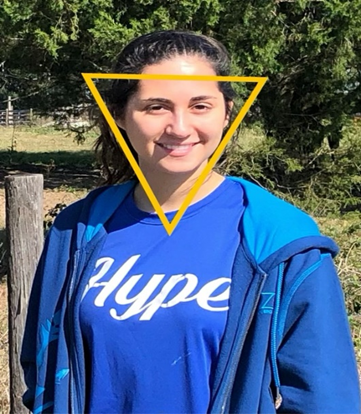By Mike Ruggiero
He killed the guy. I was convinced. That’s where all the evidence pointed.
But as the detective assigned to the case, I knew the cherry on top of this investigation was a truthful confession. The problem? I was in a race against time with, of all people, a surgeon.
It appeared that the suspect had committed the murder, then attempted to cover up the crime by burning the building down. But his attempt resulted in severe burns, which required immediate surgery. Thus, the surgeon and a ticking clock.
So, I did what many of you could do during a critical discussion. As we spoke, I watched his body language for signs of truthfulness or deception.
Leaning on years of experience and training, I’ve taught Detecting Deception to professionals nationwide for several years. Detecting Deception covers the three ways in which we communicate:
- Handwriting
- Body Language
- Statement Analysis
In gaining more knowledge on how people communicate and when they are deceptive (or truthful), we have far more insight into what may be making people uncomfortable and where we want to focus our questions.
While I’d like to go through the three separate skill sets in detail, let’s settle for a few simple things you can watch for in the realm of body language.
Body Language
You’ve probably heard that 93% of our communication comes from our body language. I’m not sure the figure is that high, but paying attention to someone’s body language often provides clues into what they are thinking and signs of anxiety.
Remember, certain body language doesn’t signify deception; it signals anxiety. When placed in the context of an interview, the anxiety is likely because the person is being deceptive. That’s why devices such as the polygraph, often called Lie Detectors, are stress detectors!
So, what part of the body should we pay attention to?
The part of the face known in body language circles as the Lair’s Triangle. The Liar’s Triangle is the area over the eyebrows to the ears and down to the chin (see photo below). We want to pay attention to movement in this area as most people tend to go there when under stress.
The Liar’s Triangle

Let’s begin at the center of the Liar’s Triangle – the nose.
When under stress, people tend to go to their noses. When gauging body language, we want to pay particular attention for 0-6 seconds after being asked a question. This connects the response to the stress being caused by the question.
Someone who rubs or scratches their nose immediately after being asked a question is probably experiencing elevated stress levels due to that question.
This is true of males and females, as well as people from different backgrounds and cultures. Why do you think that is? Because stress causes physiological changes within our bodies. You have probably heard of the Fight or Flight response. When this occurs, the body’s survival instinct causes an elevated heart rate as more blood is pumped to the vital organs.
The nose is a vital organ as it gives us air to breathe.
The nose also contains the thinnest membranes in the body. Blood being pumped to the nose causes the membranes inside the nose to tingle and, therefore, itch. That’s why we have the urge to scratch or rub our nose to relieve the itch. Pay attention to your nose the next time you are in a stressful situation!
But it wasn’t the nose that caused our arsonist to confess. It was the eyes.
The suspect kept staring at the ceiling as we spoke. He was mentally leaving the interview and having an inner conversation. He wished he was somewhere else, and probably I was too! So, I told him that. I told him I wasn’t going anywhere, and he needed to return and talk to me.
Psychologically, I now had the advantage. Now he was thinking that I even knew his thoughts. He mentally returned, and just before the medical team arrived, he confessed to both arson and the murder.
Body language is often reliable because it’s hard for people to control it consciously. For instance, their energy is directed toward speaking, and the body moves naturally, without conscious thought. Therefore, if words and body language send conflicting messages, relying on body language is often a good idea.
Conclusion
That’s just two of the many points in Detecting Deception. Having the ability to detect deception by being familiar with these skill sets will put you on a different level than most of your colleagues. Not only will you know if someone is being truthful or deceptive, but you will also be able to articulate why. You can gain insight into their personality, relationships, and self-esteem issues. Then, utilize your interview skills to dig down and get the truth by asking the right questions.

In addition, Mike offers seminars and webinars tailor-made for HR professionals, security officers, and corporate investigators through SafeHaven Security Group, LLC. Learn more by emailing experts@SafeHavenSecurityGroup.com or 844-SAFE GROUP.